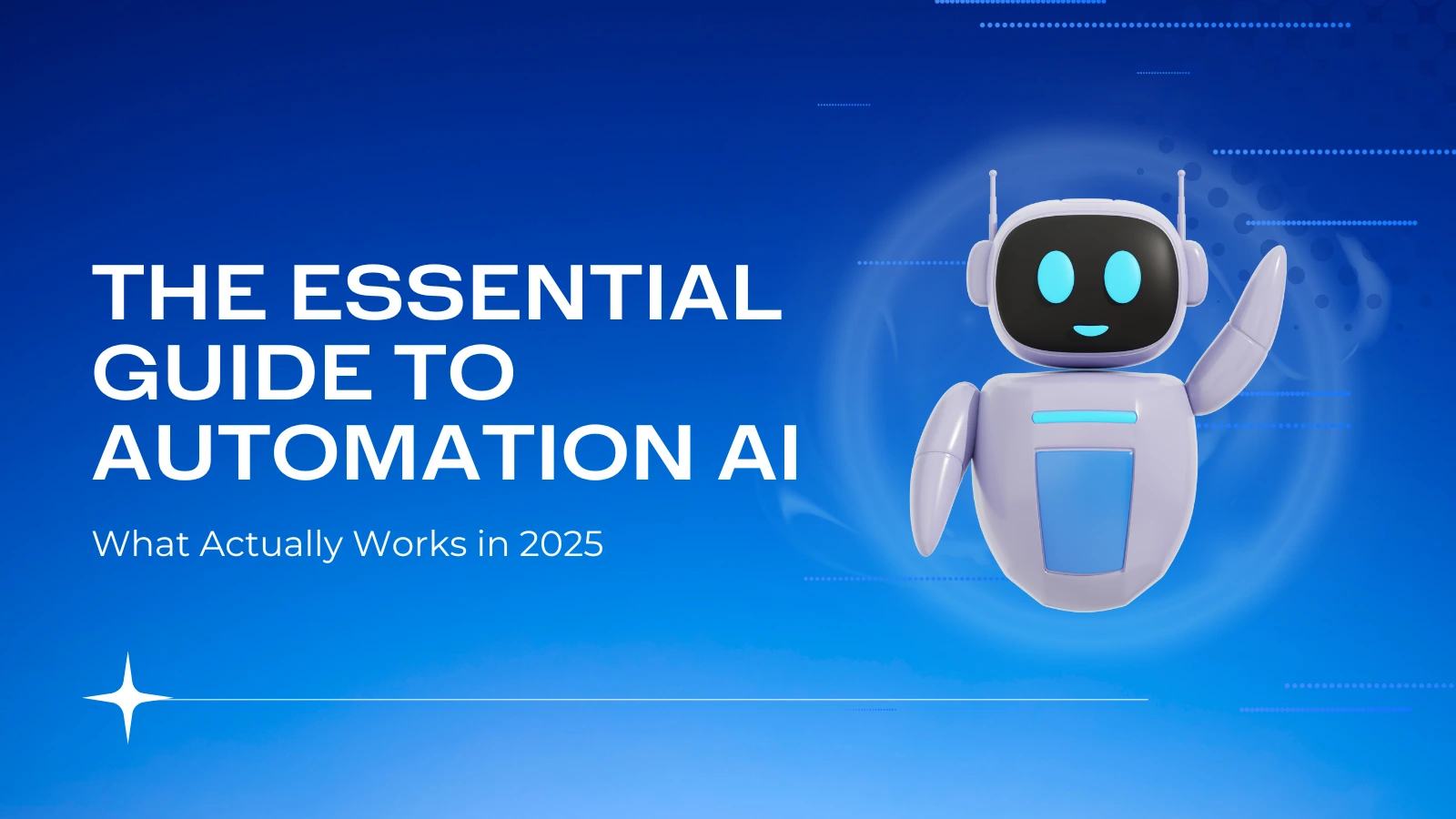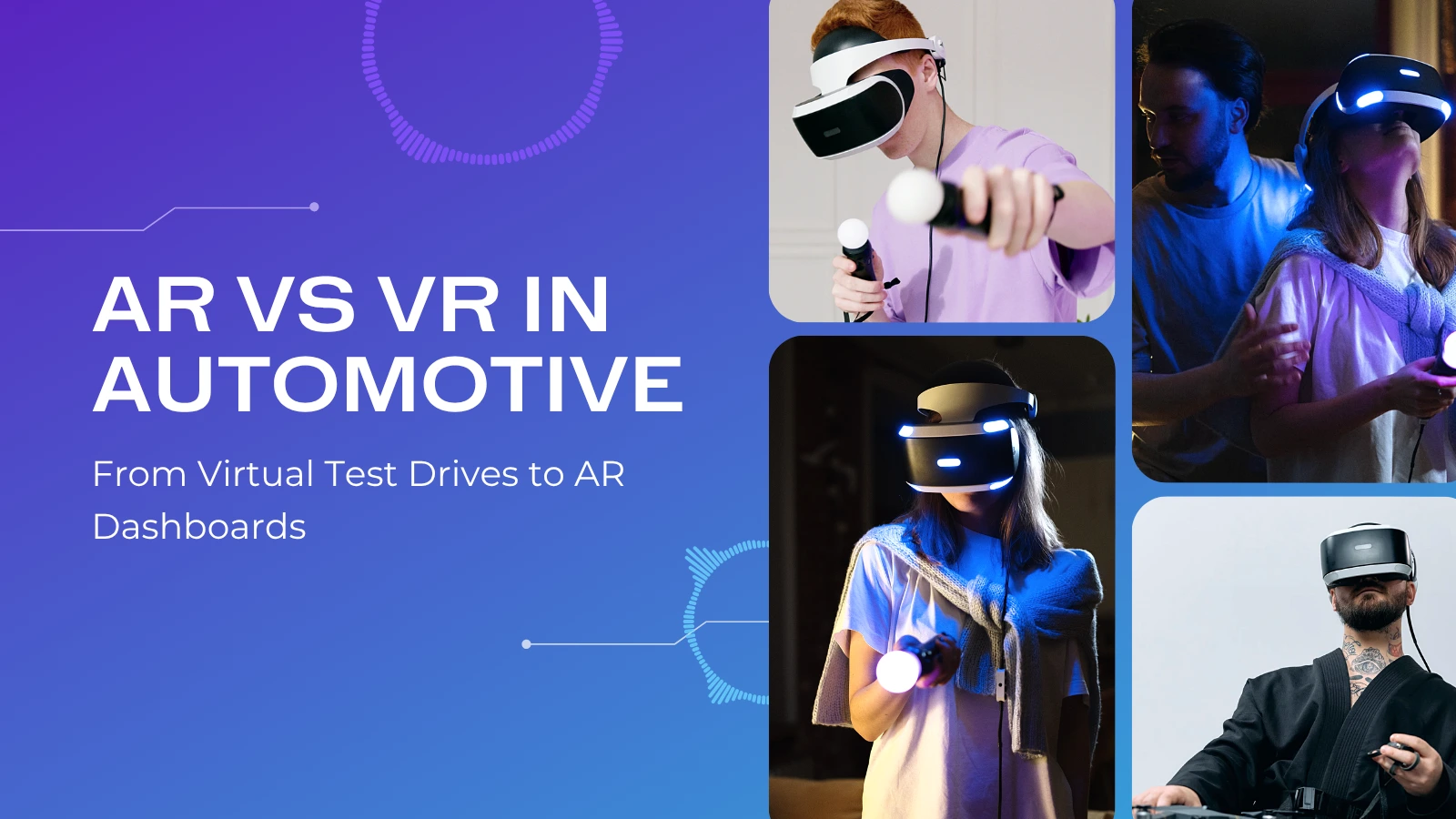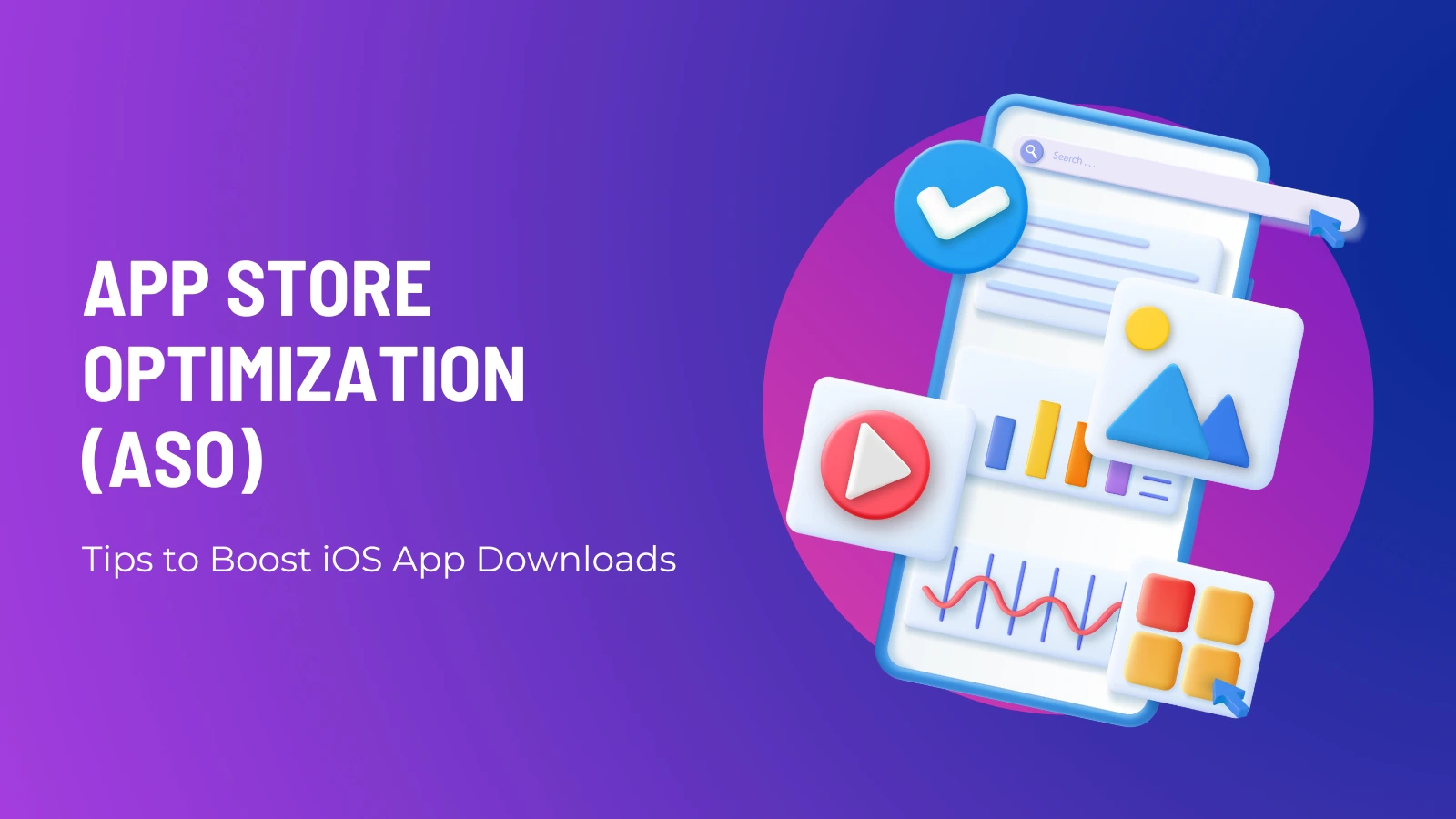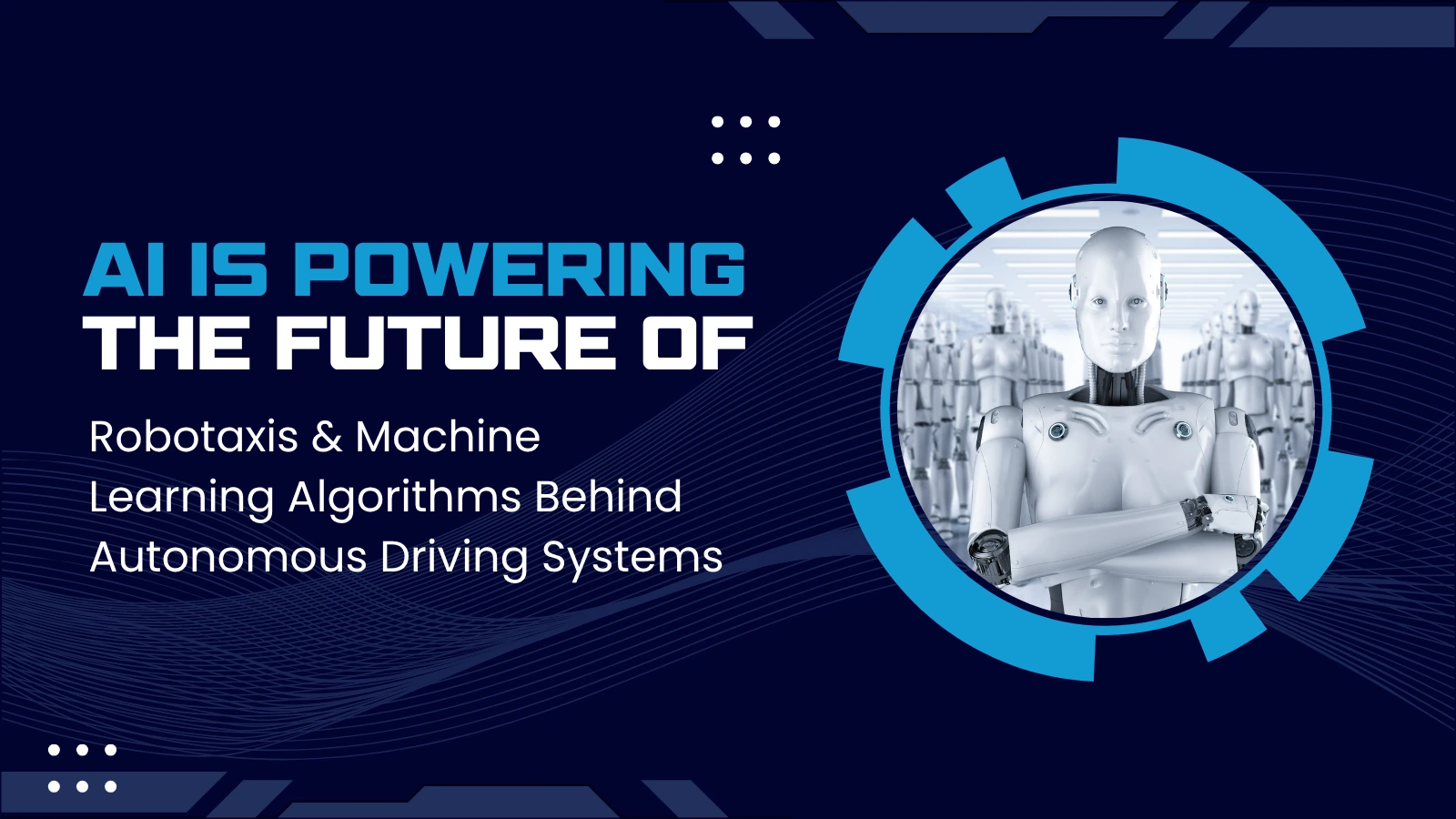The Essential Guide to Automation AI: What Actually Works in 2025
Introduction
AI Automation has demonstrably reshaped the workings of businesses by processing data and completing repetitive tasks faster and more efficiently than human workers. To illustrate, AI systems can now examine vast amounts of data, simultaneously improving accuracy, and cutting costs across various fields.
As we navigate 2025, business automation continues to evolve rapidly. We've seen firstly how AI chatbots handle high volumes of customer requests, and secondly how virtual assistants free up human teams for more complex issues. However, challenges remain—from implementation costs to data privacy concerns and employee resistance to change.
In this guide, we'll explore what actually works in automation AI development services today. We'll share practical strategies for identifying processes to automate, choosing the right tools, and preparing your team for success. Additionally, we'll examine how AI is enabling more data-driven decision-making and what trends are shaping the future of intelligent automation.
Why automation AI matters more than ever in 2025
In 2025, the business landscape has fundamentally shifted as companies recognize that automation AI isn't just advantageous—it's essential for survival. Nearly all organizations are now investing in AI technologies, with 92% planning to increase these investments over the next three years. Despite this widespread adoption, merely 1% of leaders consider their companies "mature" in AI deployment.
The rise of AI in business operations
By the year 2030, the AI market is estimated to exceed $826.70 billion, indicating its steadily growing significance. As of now, AI is considered irreplaceable by 90% of business leaders in their company’s strategy. The reason behind this surge is AI’s ability to perform complex tasks such as data pattern analysis, predictions, and handling repetitive tasks accurately.
Spending by corporations on generative AI alone is expected to reach over $1 trillion in the next few years, with a potential increase of around $280 billion in new software revenues. Despite expectations, the gap between investment and maturity is still large. More than half of respondents said they spend over 5% of their digital budgets on AI, which marks a 30% increase compared to five years ago.
Shifting from manual to intelligent automation
Traditional automation simply followed fixed instructions, whereas today's intelligent systems adapt, learn, and optimize based on real-time data. This evolution represents a fundamental change:
Manual processes require constant human oversight and are prone to errors
Automated processes follow predetermined rules but lack adaptability
Intelligent automation learns from experiences and improves continuously
Research indicates that process automation can reduce operating costs by 75%. Furthermore, intelligent automation enables businesses to detect issues before they cause downtime, predict maintenance needs, and adjust operations on the fly to boost efficiency.
What's changed since previous years
The most dramatic shift is in productivity growth, which has nearly quadrupled in industries most exposed to AI—rising from 7% (2018-2022) to 27% (2018-2024). Consequently, these industries now see 3x higher growth in revenue per employee than less exposed sectors.
Moreover, wages are growing twice as fast in industries more exposed to AI development services, with jobs requiring AI skills commanding an average premium of 56%, up from 25% last year. The skills landscape is also evolving rapidly—changing 66% faster in occupations most exposed to AI compared to 25% last year.
Unlike previous years, AI in 2025 isn't just automating tasks but transforming entire business models. Despite implementation challenges, organizations embracing this technology are establishing unprecedented competitive advantages through enhanced decision-making capabilities and operational efficiencies.
What actually works: 4 automation AI strategies that deliver
Beyond theoretical benefits, specific automation AI strategies are delivering measurable results today. Let's examine four approaches that are proving particularly effective in 2025.
Using AI for customer service at scale
Customer service AI has evolved from simple chatbots to sophisticated AI agents that autonomously handle routine and complex inquiries. These systems can manage high volumes of customer requests simultaneously, providing faster resolution times and 24/7 support. AI agents now effectively:
Answer routine questions and produce "first drafts" of responses
Monitor social media conversations to identify customer needs
Push relevant information to human agents for complex cases
Organizations implementing AI in customer service report up to 80% automation of customer interactions, allowing human specialists to focus on high-touch, high-value conversations.
Automating HR workflows with smart tools
HR automation tools are streamlining time-consuming processes throughout the employee lifecycle. Specifically, AI helps with:
Job posting and recruitment through AI-powered sourcing engines that instantly identify qualified candidates. These tools can even generate personalized communications and job descriptions in seconds. Additionally, 85% of employers using AI for HR activities report significant time savings and efficiency improvements.
AI-powered financial analysis and reporting
Financial reporting has undergone a remarkable transformation through AI adoption. Currently, 72% of companies are piloting or using AI in financial reporting, with adoption expected to reach 99% within three years. AI excels at:
Identifying patterns in complex financial datasets faster than humans, enhancing fraud detection and security compliance. Furthermore, AI development services can automate internal and external data collection needed for regulatory compliance.
Predictive inventory and supply chain management
Supply chain AI represents one of the most impactful applications, with potential to reduce inventory levels by 20-30%. Throughout 2025, AI has proven effective at:
Analyzing historical sales data alongside external factors like weather and economic conditions to predict demand fluctuations. This enables dynamic inventory optimization, preventing costly overstock and stockout situations.
Overcoming common challenges with automation AI
Despite the proven benefits, implementing automation AI comes with significant hurdles. A recent survey reveals that 39% of organizations face an AI skills gap and 24% encounter integration challenges, hindering broader adoption.
Managing high setup and training costs
The financial barrier to AI adoption remains substantial, especially for small to medium-sized enterprises. According to research, high initial investment and implementation costs represent major obstacles. To overcome these financial challenges:
Conduct thorough cost-benefit analysis before implementation
Consider phased implementation starting with small-scale pilot projects
Explore cloud-based AI services that reduce upfront infrastructure investments
Ensuring data privacy and compliance
Data breaches increased by 72% between 2021 and 2023, making data privacy a critical concern. Furthermore, the global average cost of a data breach reached 4.8 million USD in 2023. Therefore, organizations must:
Implement robust data encryption and anonymization techniques
Establish clear data governance policies compliant with regulations like GDPR
Develop a responsible AI strategy that reflects company values and ensures transparency
Getting employee buy-in and reducing fear
Although leaders might hesitate, employees are generally ready for AI adoption. Research indicates they are three times more likely than leaders realize to believe AI will replace 30% of their work in the next year. Nevertheless, nearly half of employees worry about AI inaccuracy and cybersecurity risks. To address these concerns:
Prioritize clear communication about how AI will complement rather than replace human roles Provide comprehensive training programs—nearly half of employees believe formal training is the best way to boost AI adoption
Highlight how automation can streamline workflows and reduce repetitive tasks
Integrating AI with existing systems
Legacy systems often lack the flexibility and scalability needed for AI workloads. Hence, organizations should:
Adopt hybrid models that connect legacy systems with modern AI solutions
Use middleware, APIs and custom connectors to facilitate data exchange
Identify areas where AI integration can enhance current systems without disrupting entire architecture
Future-proofing your business with automation AI
To future-proof your organization, staying ahead of automation AI developments is crucial. More than three-quarters of respondents now report using AI in at least one business function, showing its rapid integration into daily operations.
Trends to watch: AI + IoT and hyper-personalization
The convergence of AI with IoT represents a pivotal trend for forward-thinking businesses. The launch of 5G technology is dramatically changing IoT capabilities by providing faster data speeds and lower latency. Meanwhile, AI-powered hyper-personalization is transforming customer experiences through deeply individualized interactions.
GenAI is enabling personalization at unprecedented scales, with systems now providing unique experiences tailored to individual preferences and behaviors. This extends beyond marketing into areas like personalized education, finance, and healthcare—creating value across multiple business functions.
How AI will influence decision-making processes in 2025
Developing emerging technologies like AI and Industry 4.0 are fundamentally reshaping the frameworks for strategy formulation. For instance, businesses no longer wait for an issue to arise before addressing it. Systems that analyze data streams from sensors, machines and production lines can now detect patterns within the data which makes it possible to predict failures of equipment and slowdowns in production. This minimizes loss risks, thus enabling firms to enjoy maximum returns on investment.
Strategic decision-making is perhaps one of the areas most impacted by AI. Companies that are further ahead in adopting AI technologies are deriving the most value. The leading AIE (Advanced Industrial Economy) countries, for example, are AI leaders which represent 1.5 times higher revenue growth, 1.6 times greater shareholder value and 1.4 times higher ROI in invested growth capital compared to the laggards over the last three years. The leaders do not only outperform in financial metrics but also in non-financial measures like employee engagement and patents filed.
Preparing your business for long-term AI adoption
To maximize AI's value, focus on redesigning workflows—this has the biggest effect on an organization's ability to see EBIT impact from generative AI. In addition to technology, prioritize people and processes. AI leaders follow the 70-20-10 rule: 10% of resources for algorithms, 20% for technology and data, and 70% for people and processes.
Track well-defined KPIs for AI solutions—less than one in five organizations currently do this, despite it having the most impact on the bottom line. Above all, develop a clearly defined roadmap to drive adoption, as larger organizations with such roadmaps are twice as likely to succeed with their AI initiatives.
Conclusion
Automation AI stands at the forefront of business transformation as we progress through 2025. Throughout this guide, we've examined how intelligent automation has evolved from simple rule-based systems to adaptive learning technologies capable of revolutionizing entire business models. Companies embracing these technologies now enjoy threefold higher growth in revenue per employee compared to their less AI-exposed counterparts.
Four strategies have proven particularly effective: AI-powered customer service, HR workflow automation, financial analysis systems, and predictive supply chain management. These applications deliver measurable results while freeing human talent for more complex, creative work. Nevertheless, challenges persist. High implementation costs, data privacy concerns, employee hesitation, and integration difficulties remain hurdles many organizations must overcome.
Looking ahead, the convergence of AI with IoT technology and hyper-personalization capabilities will undoubtedly shape the competitive landscape. Therefore, businesses must prepare strategically for long-term adoption. Following the 70-20-10 rule focuses resources appropriately across algorithms, technology, and—most importantly—people and processes.
Finally, success with automation AI requires clear measurement. Organizations tracking well-defined KPIs are significantly more likely to see bottom-line impact from their AI investments. Though the journey toward full AI maturity continues, one fact remains certain: businesses that thoughtfully implement automation AI today will establish unparalleled competitive advantages tomorrow.
We believe automation AI development services represent not just a technological shift but a fundamental rethinking of how businesses operate. Companies that approach this transformation with clear strategy, employee engagement, and measurable goals will thrive in this new era of intelligent automation.
Subscribe Now
Get the weekly updates on the newest brand stories, business models and technology right in your inbox.
More Blogs
AR vs VR in Automotive_ From Virtual Test Drives to AR Dashboards
The automotive industry has experienced transformative changes in the recent years, all thanks to breakthroughs in immersive technology. The most notable changes are due to Augmented Reality (AR) and Virtual Reality (VR). The debate of...
App Store Optimization (ASO) Tips to Boost iOS & Android App Downloads
The process of increasing your program's exposure and download volume in the Apple program Store is known as app store optimization, or ASO. By customizing the right keywords, metadata, and user interaction metrics, ASO, like Search En...
How AI is Powering the Future of Robotaxis & Machine Learning Algorithms Behind Autonomous Driving Systems
Robotaxis are fast becoming a science fiction dream turned reality, revolutionizing the way individuals move around cities. Robotaxis—autonomous vehicles that can transport people without the need for drivers—is revolutioni...

 Awards & Recognition
Awards & Recognition








